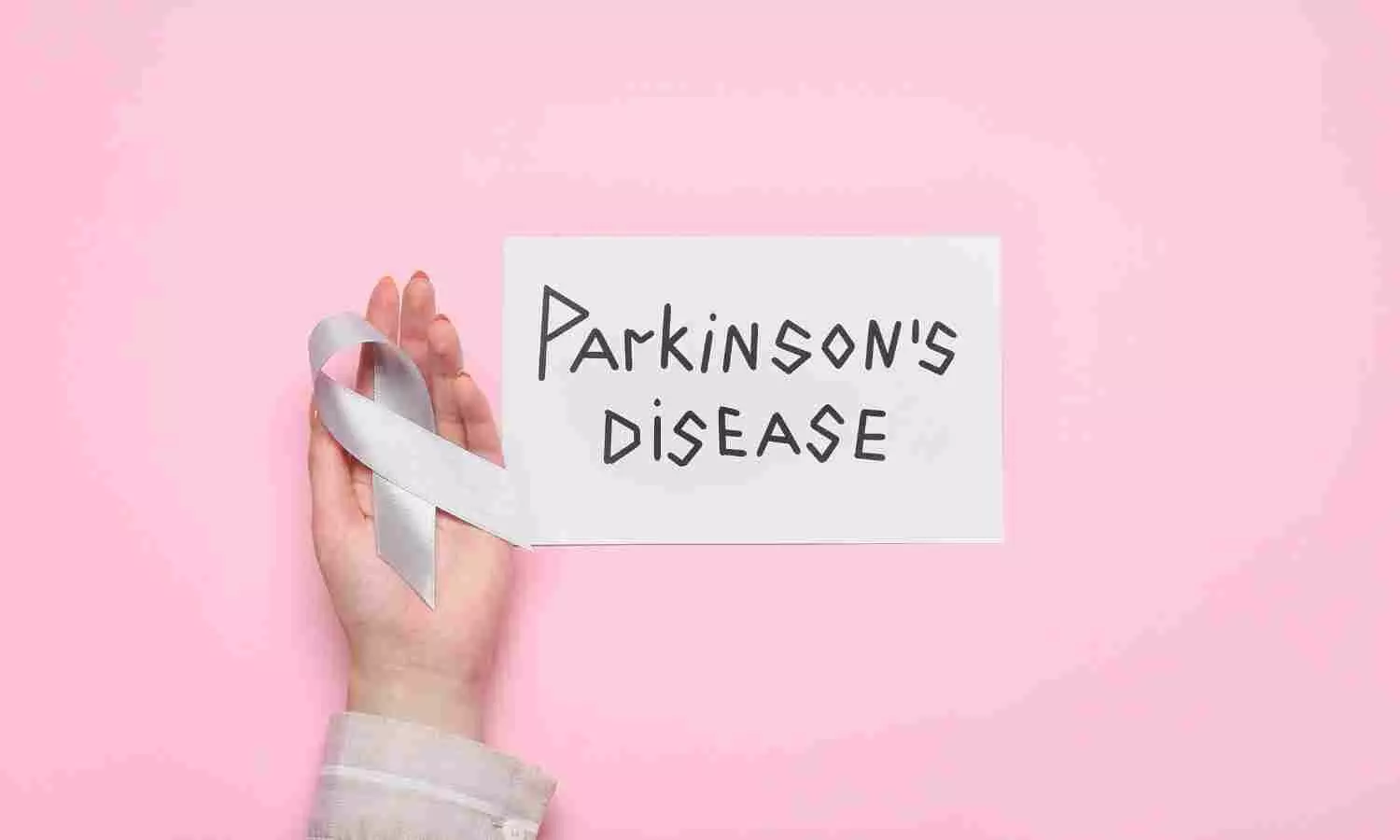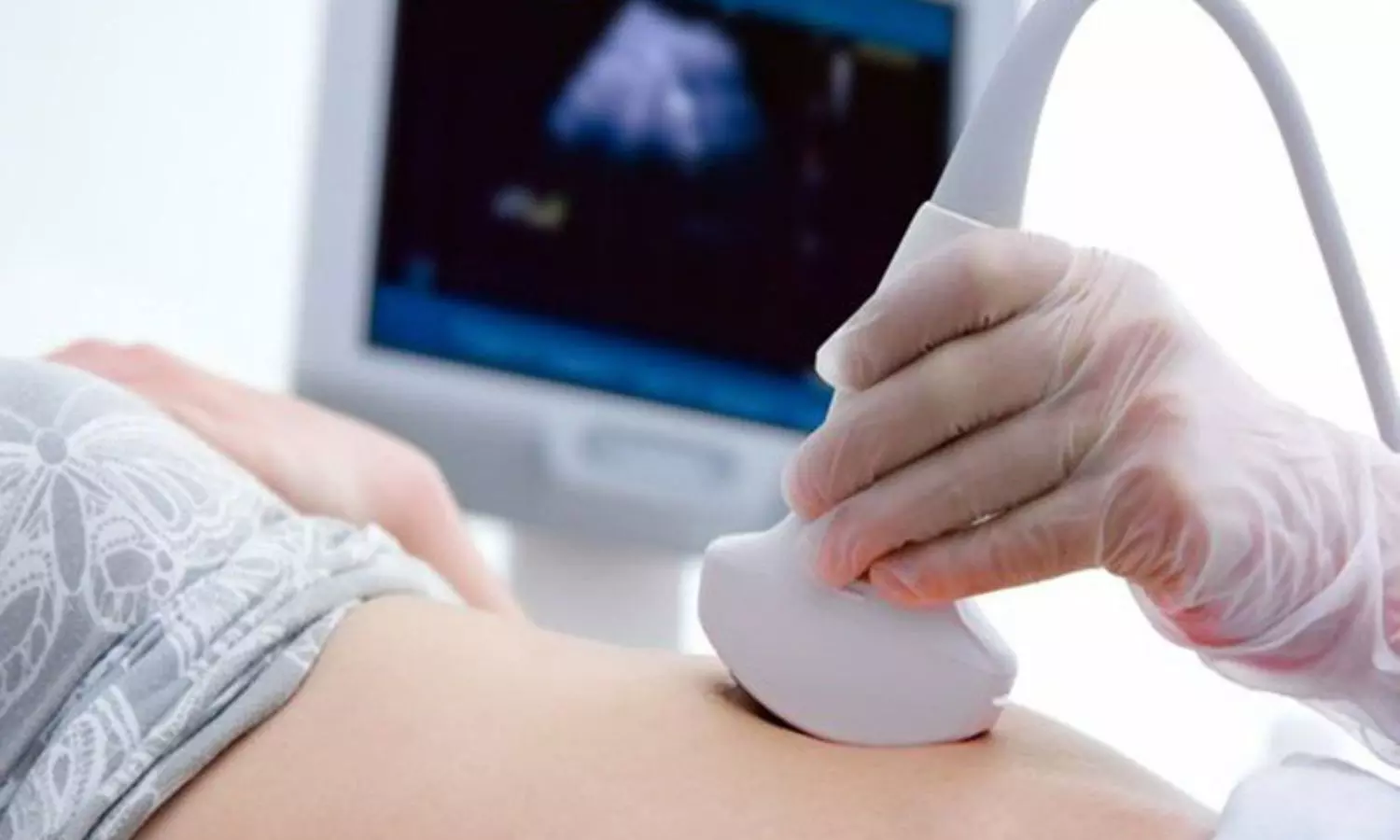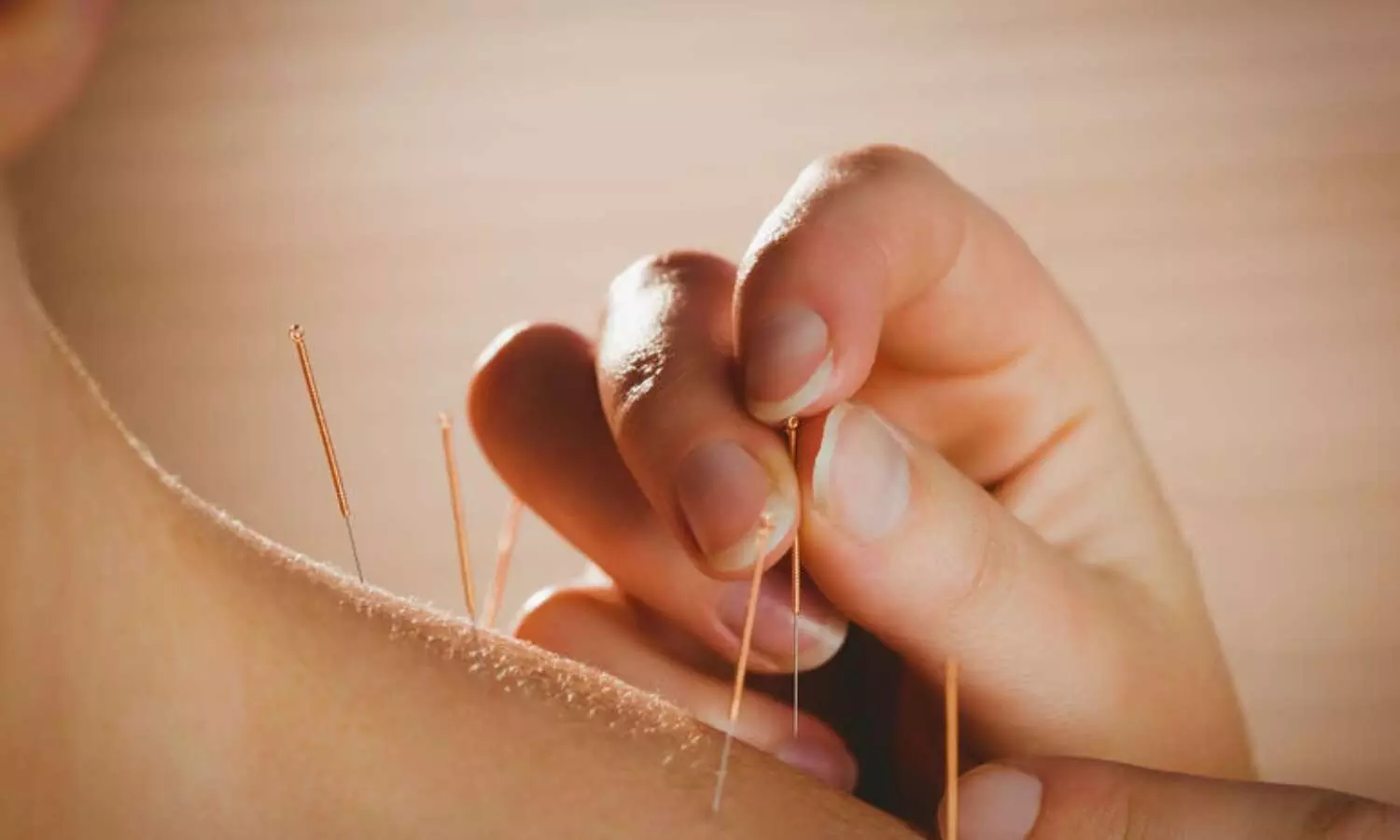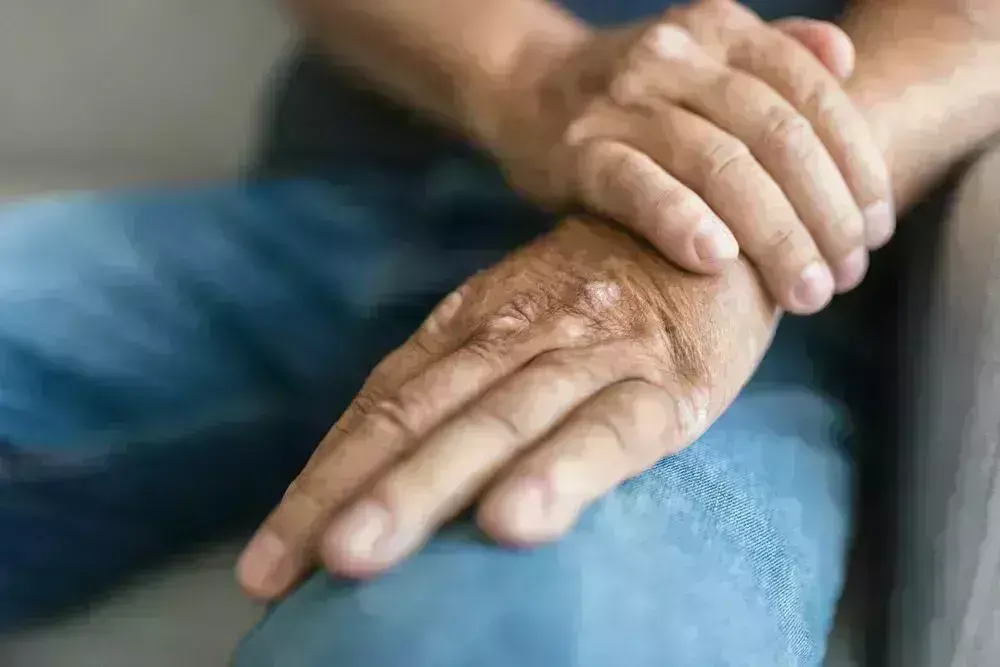Transient bundle branch block during the perioperative period–A meta-summary of case reports

A temporary intraventricular conduction deficit known as paroxysmal bundle branch block (BBB) may happen on its own or need medical intervention. Anaesthesia, cardiac catheterization, acute pancreatitis, pulmonary embolism, thoracic trauma, abrupt changes in intrathoracic pressure, medications, and poisonings are among the situations that are often linked to it. BBB skews the ECG’s morphology and makes it difficult to discern ST-T alterations. When the BBB is new or seems to have just developed, it is pathogenic and should be treated similarly to an ST-elevation myocardial infarction (STEMI). About 2% of people in a recent registration have left BBB (LBBB). Particularly when the BBB is in the correct position, acute coronary syndrome (ACS) linked to a BBB carries a greater risk of severe cardiac events and death (RBBB).
In order to assess the features, care, and results of temporary BBB in patients of any age during the perioperative phase, a recently published meta-summary examined all available case reports on the topic. 25 case reports of transient BBB during the perioperative phase were reported in the research, with the most common comorbidity being hypertension (37.5%). 23 individuals employed a combination of intravenous and inhalation anaesthetics, and the majority of patients acquired BBB while under general anaesthesia (GA). The majority of patients (21) had paroxysmal (17) LBBB, with the exception of tachycardia (13), and no other hemodynamic abnormalities.
The majority of intraoperative transitory BBBs are paroxysmal, with the more prevalent variety being tachycardia-associated rate-dependent LBBB. The precise aetiology of paroxysmal BBB remains uncertain; nevertheless, the hemodynamic effects of BBB might aid in determining the urgency of treatment and more testing.
Reference –
Nasa, Prashant1,2; Juneja, Deven3; Jain, Ravi4; Golchha, Sandeep5. Transient bundle branch block during the perioperative period–A meta-summary of case reports. Indian Journal of Anaesthesia 67(12):p 1123-1125, December 2023. | DOI: 10.4103/ija.ija_476_23.
Powered by WPeMatico






